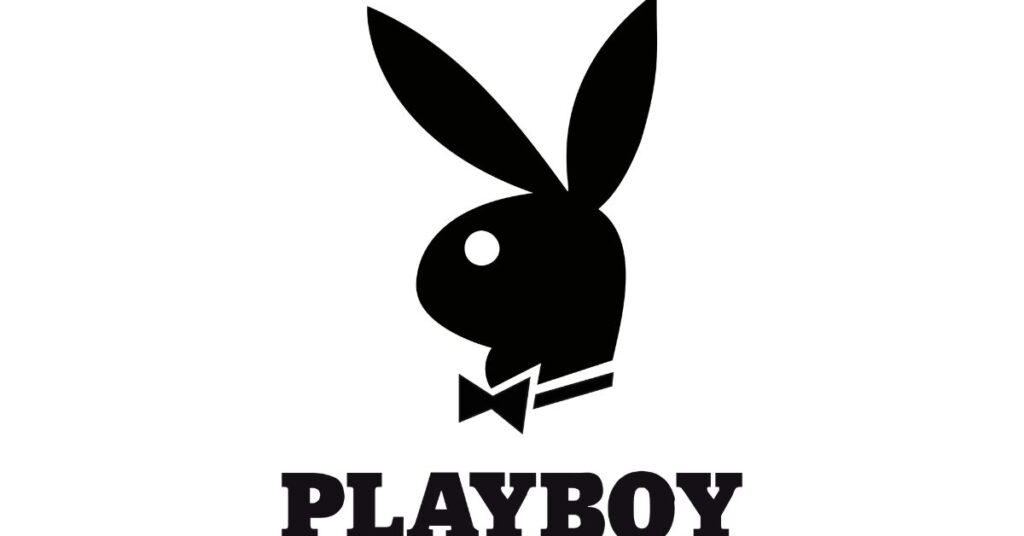Have you ever wondered why the Playboy Bunny logo has become one of the most recognizable symbols in pop culture? What does this iconic logo represent beyond its association with the famous magazine? In this article, we will explore the history, significance, and impact of the Playboy Bunny logo, shedding light on its journey from a simple design to a global phenomenon.
The Birth of the Playboy Bunny Logo
The Playboy Bunny logo made its debut in 1953 when Hugh Hefner launched Playboy magazine. Designed by artist Arthur Paul, the logo was inspired by the playful yet sophisticated image of a rabbit, which symbolizes fertility and playfulness. The combination of the rabbit with a bow tie was intended to convey a sense of charm and allure, reflecting the magazine’s focus on lifestyle, culture, and sexuality.
Evolution of the Logo
Over the years, the Playboy Bunny logo has undergone several transformations, adapting to the changing tastes and trends of the times. Initially depicted in a simple black and white design, it soon evolved into a more stylized version that included vibrant colors and different formats for various media. This adaptability has contributed to its longevity and enduring appeal.
Iconic Design Elements
The Playboy Bunny logo is characterized by several key elements that have contributed to its iconic status:
- The Rabbit: The choice of a rabbit symbolizes playful innocence and fertility, resonating with the magazine’s themes of love and leisure.
- The Bow Tie: The bow tie adds a touch of sophistication and class, elevating the overall image of the bunny to that of a suave, debonair character.
- Simplicity: The minimalist design allows for easy recognition and versatility, making it suitable for various merchandise, marketing materials, and events.
The Cultural Impact of the Playboy Bunny Logo
The Playboy Bunny logo transcended its original purpose and became a cultural phenomenon, influencing fashion, art, and social movements. Its impact can be seen in various aspects of popular culture:
1. Fashion and Style
The Playboy Bunny logo has made significant inroads into the world of fashion. Over the decades, it has been featured on various clothing items, accessories, and even cosmetics. High-profile collaborations with designers and brands have cemented its status as a fashionable emblem. For instance, clothing lines inspired by the logo often blend glamour with playful aesthetics, appealing to a wide audience.
2. Feminism and Empowerment
The Playboy Bunny logo has sparked debates about feminism and female empowerment. While some view it as an empowering symbol of sexual freedom, others criticize it for objectifying women. The logo has become a point of contention in discussions about women’s representation in media and the broader implications of sexualization in society. Many women choose to embrace the logo as a statement of their autonomy and sexuality, demonstrating how symbols can take on multiple meanings over time.
3. Art and Pop Culture
The Playboy Bunny logo has made its way into various art forms, from graffiti to fine art. Artists have used the logo to comment on consumerism, sexuality, and identity. Its prevalence in pop culture, including films, music, and advertising, demonstrates its wide-reaching influence. The logo’s association with glamour and nightlife has also led to its use in party themes and events, further embedding it in modern social culture.
The Controversy Surrounding the Playboy Bunny Logo
Despite its popularity, the Playboy Bunny logo has not been without controversy. Critics argue that the logo perpetuates stereotypes and reinforces a narrow view of femininity. Some have accused the brand of promoting unrealistic beauty standards and contributing to the objectification of women.
Response from Playboy Enterprises
In response to criticism, Playboy Enterprises has evolved its branding strategy. The company has sought to position itself as a champion of sexual liberation and personal freedom. In recent years, the magazine has made strides to include more diverse representations of women and to celebrate different expressions of femininity.
Changing Attitudes Toward the Logo
As societal attitudes toward sexuality and feminism continue to evolve, the interpretation of the PlayboyBunny logo is also changing. Younger generations are recontextualizing the logo, seeing it as a symbol of empowerment rather than objectification. This shift reflects broader changes in cultural norms and the ongoing conversation about women’s rights and representation.
The Logo in Today’s Society
Today, the PlayboyBunny logo remains a potent symbol within contemporary society. It is frequently used in various marketing campaigns and events, maintaining its status as a recognizable brand element. From music festivals to fashion shows, the logo continues to represent a fusion of glamour, fun, and a hint of controversy.
Merchandise and Branding
Playboy continues to leverage its iconic logo through a wide range of merchandise. Clothing lines featuring the bunny logo are popular among fans and collectors alike. The brand has also expanded its reach into lifestyle products, including home décor and beauty items, reinforcing its position as a lifestyle brand.
The Future of the Playboy Bunny Logo
As we move forward, the future of the PlayboyBunny logo will likely involve further adaptation to align with evolving cultural attitudes. The logo’s versatility will be essential in navigating changing consumer preferences while maintaining its core identity. The ongoing discussions about feminism, body positivity, and representation will continue to shape how the logo is perceived and utilized in society.
Conclusion:
The Playboy Bunny logo has transcended its original context to become a cultural icon that reflects changing attitudes towards sexuality, femininity, and empowerment. Its unique design and rich history have allowed it to adapt and thrive in various social landscapes. Whether embraced as a symbol of glamour or critiqued as an emblem of objectification, the logo remains an integral part of modern culture.
As we explore the legacy of the Playboy Bunny logo, it’s essential to acknowledge its multifaceted nature and the discussions it inspires. The logo not only represents a brand but also serves as a lens through which we can examine broader societal changes and attitudes. Ultimately, the Playboy Bunny logo encapsulates the complexities of femininity, freedom, and identity in contemporary society.







